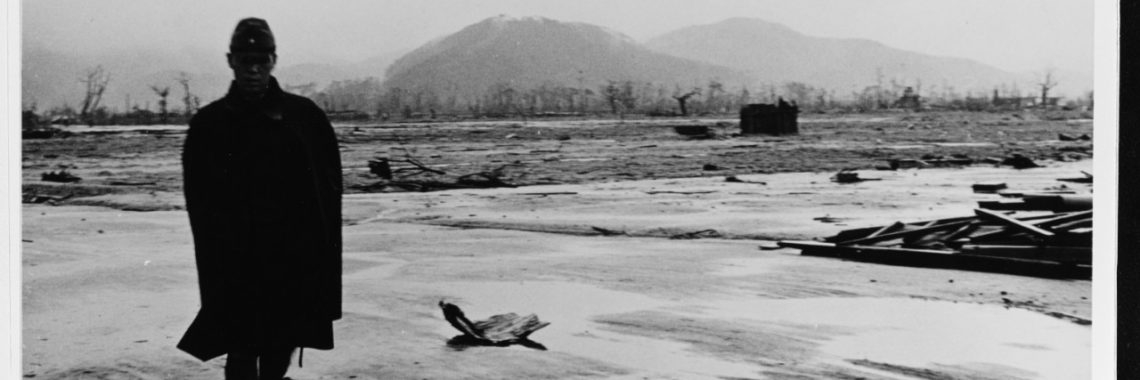Godzilla: The “Lucky Dragon” of Bikini Atoll
EDITORS NOTE: Bikini Atoll remained a nuclear test site long after shot Able and Baker devastated USS Independence. Eight years after the Able and Baker detonations, the United States tested a dry fuel hydrogen bomb, code-named Castle Bravo, on 1 March 1954. Far more powerful than the MARK III bombs use din 1946, Castle Bravo
















